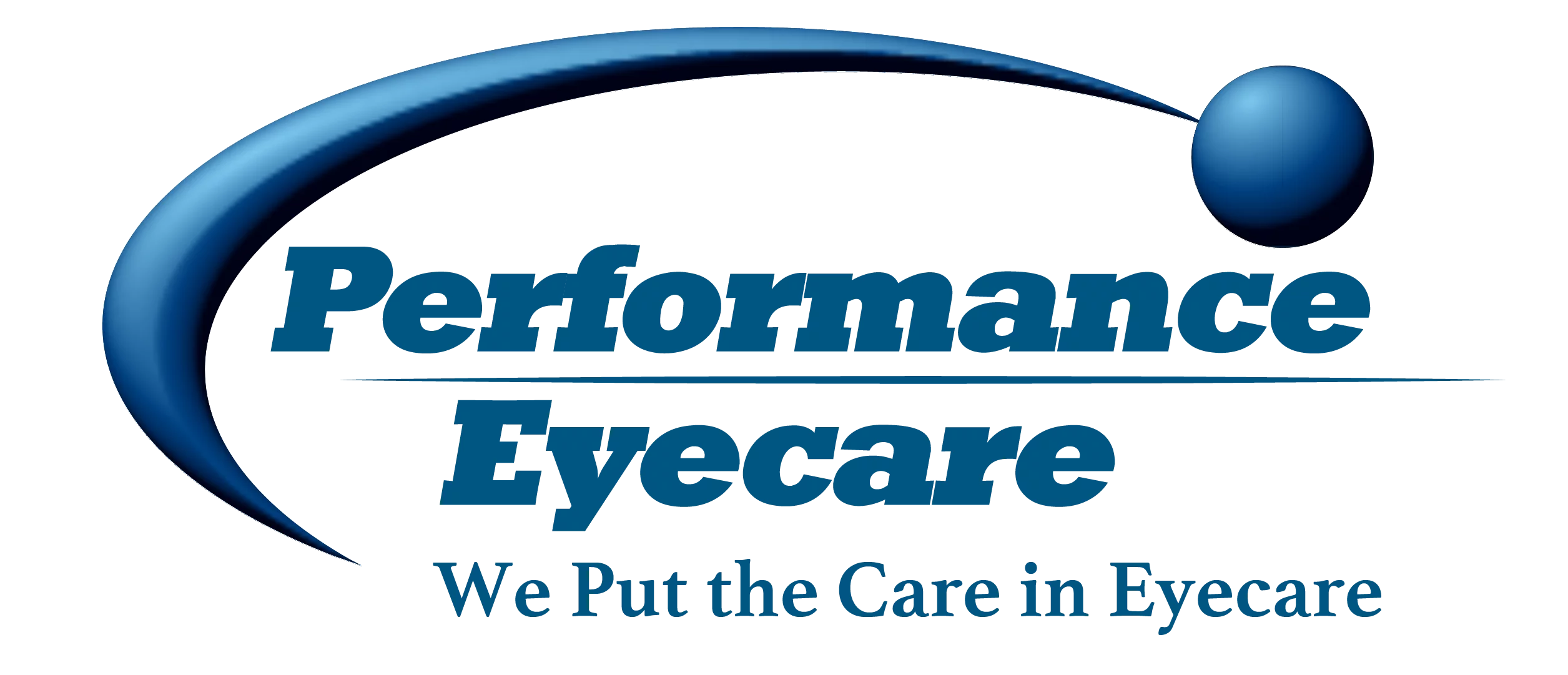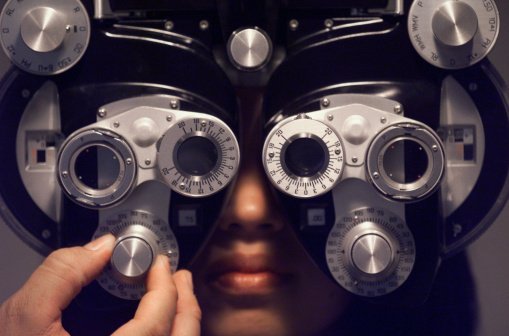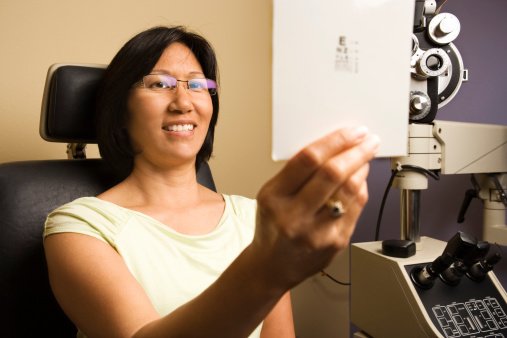the latest in men’s eyeglass fashion
Most men are interested in comfort, fit and durability when it comes to eyeglasses. While they also want style, men typically won’t forsake comfort and fit just to look good. Comfort and fit Men: Here are some key areas to check out to make sure the eyeglass frames you choose will be comfortable and fit … Read more



